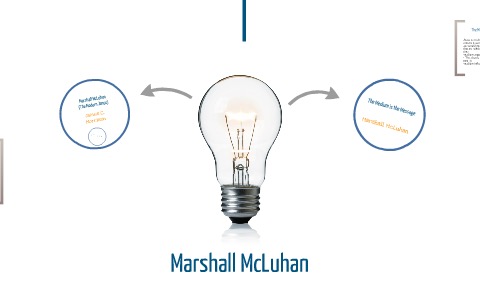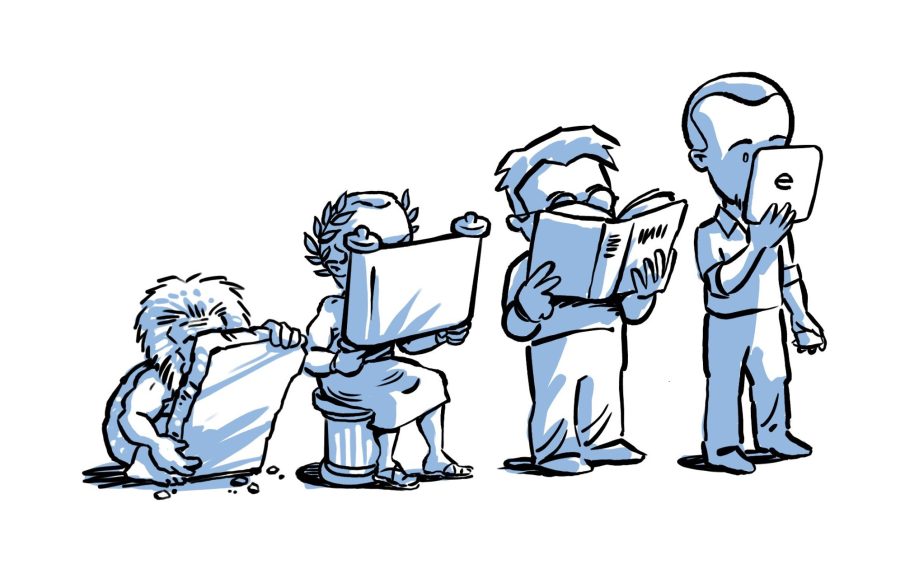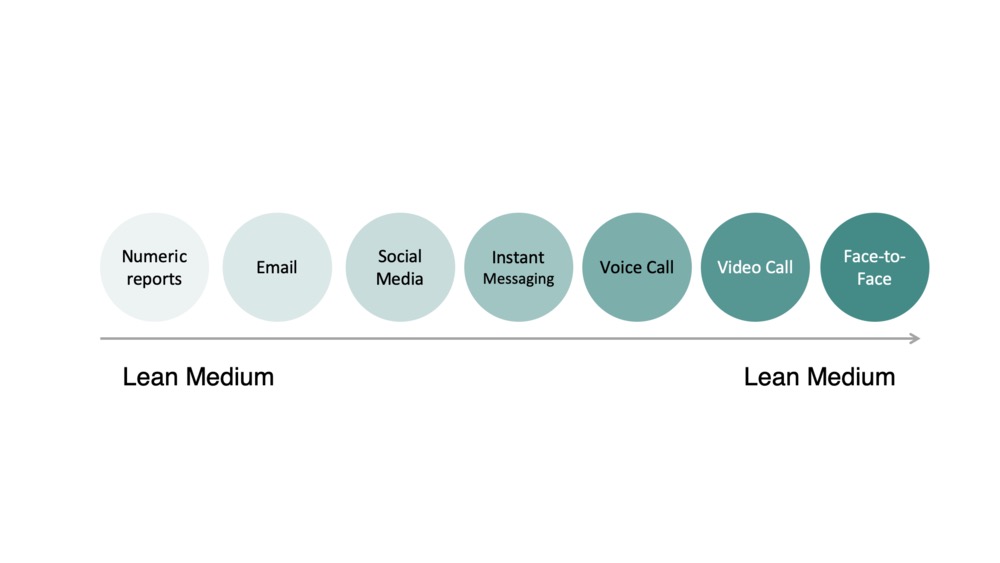Medium theory, generally developed by scholars Marshall McLuhan and Harold Innis, is based on the approach that a medium itself is shaping human perception, ways of thinking, and social organization. Rather than examining the actual content of the messages, medium theory stresses that it is the characteristics of the medium-print, television, digital-which affect how people relate to each other and the forms taken by society. As McLuhan famously stated, “the medium is the message,” each medium, solely in its form, changes society and culture (McLuhan 1964). Similarly, Innis postulated that “different media have different inseparable spatial biases which affect the relative distribution of power and knowledge” (Innis 1951).

Historically, new media have transformed human civilization. The printing press, for example, fostered literacy, individualism, and analytical thinking through the mass dissemination of knowledge and the promotion of private, linear reading (Eisenstein, 1979). By contrast, electronic media such as radio and television resubstituted oral and visual communication, promoting collective experience and immediacy (McLuhan, 1964). McLuhan characterized media as “extensions of man,” illustrating that technology magnifies human senses and capabilities — the telephone extends the voice, and television extends vision — remaking the way people perceive time, space, and human interaction.
Medium theory does find graphic illustration on social media platforms’s digital camaraderie today. Media such as TikTok, Instagram, and X (formerly known as Twitter) are less about content distribution than about the shaping of attention spans, cultural trends, and identity. TikTok, for example, with its short-form video format, initiates an expectation of constant stimulation and rapid information exchange, changing the way users consume and process information (Baym, 2015). Similarly, the visually orientated interface of Instagram influences users to present themselves and compare with others, thus forming their identities online (Boyd, 2014). These influences emerge not from the specific messages but from affordances, design, and interactivity of the platforms themselves.
The smartphone and algorithmic environments of the media finally prove how well communication technologies have begun to mediate human life. With constant connectivity, the lines between public and private space began to be more and more blurred, and algorithms curate what users see, reinforcing personalized realities of the users (Pariser, 2011). Therefore, medium theory helps in explaining not only how media transmit information but also how they reshape cognition, relationships, and social norms. Understanding these dynamics reminds us that in a world dominated by digital technologies, it is the medium itself-as much as the message-that defines how we live, think, and communicate.
References:
Baym, N.K. (2015) Personal Connections in the Digital Age. 2nd ed. Cambridge: Polity Press.
Boyd, D. (2014) It’s Complicated: The Social Lives of Networked Teens. New Haven: Yale University Press.
Eisenstein, E.L. (1979) The Printing Press as an Agent of Change. Cambridge: Cambridge University Press.
Innis, H.A. (1951) The Bias of Communication. Toronto: University of Toronto Press.
McLuhan, M. (1964) Understanding Media: The Extensions of Man. New York: McGraw-Hill.
Pariser, E. (2011) The Filter Bubble: What the Internet is Hiding from You. New York: Penguin Press.
Image references:
https://share.google/images/sUI17uCLXOicVI7X6
https://share.google/images/f616DaiwAI2mYnmRb




Hey,
Thank you for your blog, I found it very engaging and insightful! 🙂
You managed to clearly depict the Medium theory and link it effectively to contemporary media and communications. I found it interesting how you stated that a medium in itself can reshape cognition, relationships, and social norms. I fully agree with this statement and it makes me further ponder upon our daily media consumption. Taking for instance, how normal it is nowadays for people to be sat at the same table, eating food and be on their phones, scrolling or communicating with others via messages rather than conversing with the people present. Being constantly available online, can create an illusion of connectivity whereas the reality can be contrary. I could never picture my grandmother using her phone whilst eating food at the table, whereas for us, the younger generation, this is a norm we have grown up with. In conclusion I find it fascinating how medium can change whole societal norms either for the better or for worse.
Honestly, reading this blog made me realise how much TikTok and other platforms shape the way we think without us even noticing. It’s not really about the content anymore — it’s the format that trains us to expect everything fast, short, and entertaining. I feel like our attention spans are shrinking, and even schoolwork starts to feel “too long” compared to a 10-second video. It makes me wonder whether we’re actually choosing how we think or if the medium is choosing for us.